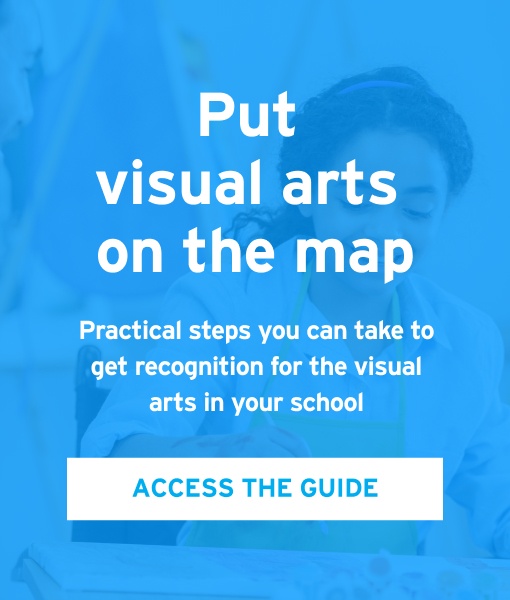Whole-school improvement
Investing in the arts across your school – from planned lesson time to extra-curricular activities, youngest to oldest children, staff and students alike – creates positive and open-minded learners. More time spent creating directly correlates to improvements across the curriculum; the headteachers of five leading independent schools interviewed by the Cultural Learning Alliance all agreed that cultural learning improves children’s attainment.
Many headteachers of independent schools additionally recognise the impact the arts plays on the wider education and school experience of their students. The recent report interviewing five leading independent school headteachers, highlights that:
‘In each of the schools arts subjects are a valued part of the curriculum in their own right. Cultural learning is embedded across the schools connecting and enhancing learning in other subjects. For all of the headteachers it was unthinkable that they would not provide arts and cultural subjects in their curriculum and in their schools. They saw them as essential to producing rounded, resilient, articulate thinkers who would succeed in the wider world and in providing a fulfilled and joyful childhood.’
This in turn, increases the competition for students between schools within the private sector. If other independent schools do not follow suit and prioritise the arts in their schools, not only are they withholding a broad and rounded education from students, but there is a real chance that they will lose out on talented students, to other establishments.
Did you know?
Not just the visual arts, but taking part in structured music activities has also been proven to improve attainment in maths, early language acquisition and early literacy. The Arts Council has researched schools in the US and found:
‘Schools that integrate arts across the curriculum… have shown consistently higher average reading and mathematics scores compared to similar schools that do not.’
By coming together across the disciplines, arts subjects may be able to make a stronger case for their value than subjects than they can alone.
Furthermore, by creating opportunities for children to participate in the arts, and visiting cultural places of significance in the community – libraries, museums, galleries, theatres and historical sites – ties can be created with local groups. The benefits acquired through these relationships create a whole-school ethos of cultural appreciation, and can help schools to demonstrate their charitable ethos by building such partnerships.





.png?width=2400&name=Untitled%20design%20(11).png)

